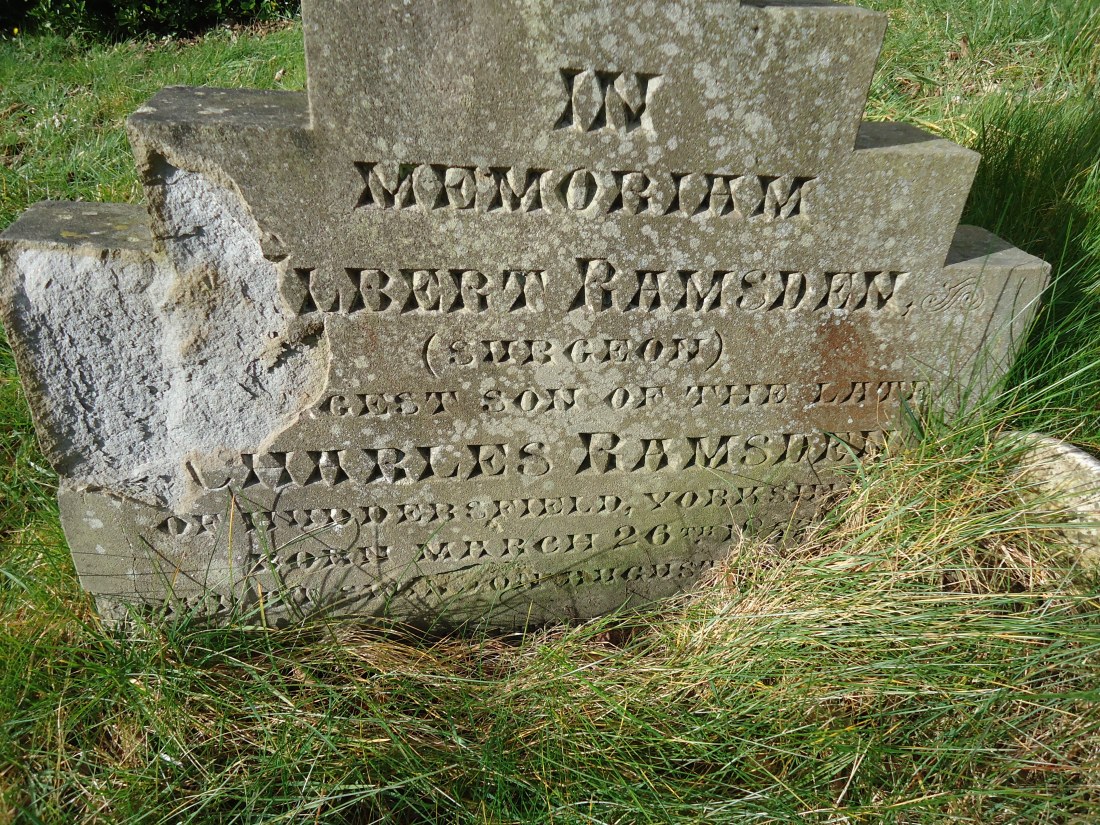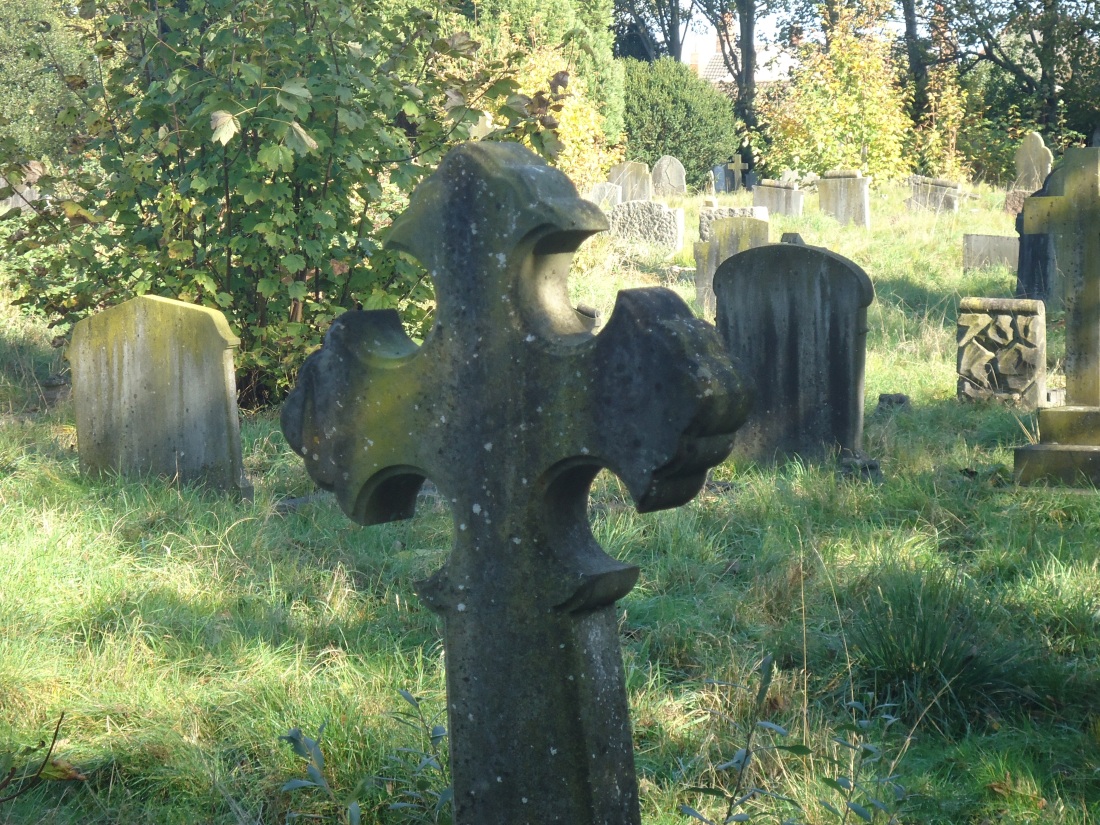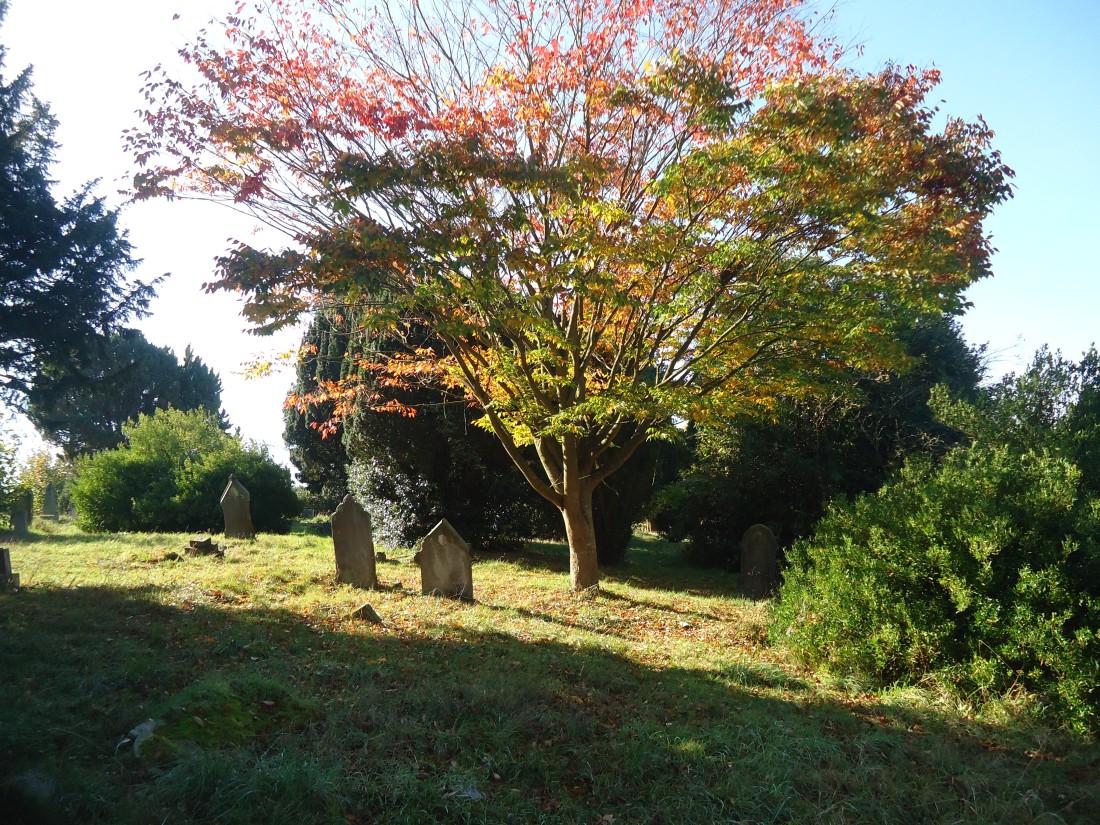Family dynamics – how do they work? Are events propelled by personality, internal conflict or economic pressures? A sense of adventure, an escape and world events all play a part.
In recent weeks Swindon Borough Council have cleared a large area of the cemetery swamped by brambles, revealing some graves lost for years. One of the rediscovered plots is that of the Barnes family.
This double plot is surrounded by an elegant, black marble kerbstone memorial. Although still partially concealed, two names can be detected. From these slim pickings it has been possible to trace much of the history of this family, using a combination of sources beginning with the Radnor Street Cemetery burial registers.
On October 15, 1878 John Barnes and Elizabeth Jane (also known as Jane Elizabeth) Farmer married at St Mark’s, the church in the railway village. John worked as a plumber, most probably with his father Richard who was also described as a plumber on the marriage certificate. Elizabeth Jane was the daughter of Thomas Farmer, a mason.
At the time of the 1881 census John, Jane and their daughters Edith Ellen aged 1 and three-month-old Florence Beatrice, lived at 9 William Street. By 1891 they were still living in William Street where their family has increased by four sons – Harold E 6 years old, Ernest A 5, Herbert H J 3, and one-year old Frederick W.
By 1901 they were living at 5 Tennyson Street, their family complete with the birth of Edgar A in 1897. Their elder sons Harold aged 16 and Ernest 15 were both working in the building trade, Harold as an apprentice house carpenter and Ernest as an apprentice house painter. At a time when the railway works dominated the town, this large Swindon family worked independently and within the building trade. Maybe the family would look back on these times as the good years.
On September 4, 1907 18-year-old Frederick set sail for Australia. Perhaps the building trade had taken a temporary down turn, although that seems unlikely in fast growing Swindon. Was his departure a shock for his parents, or perhaps he had always been a daring, adventurous type.
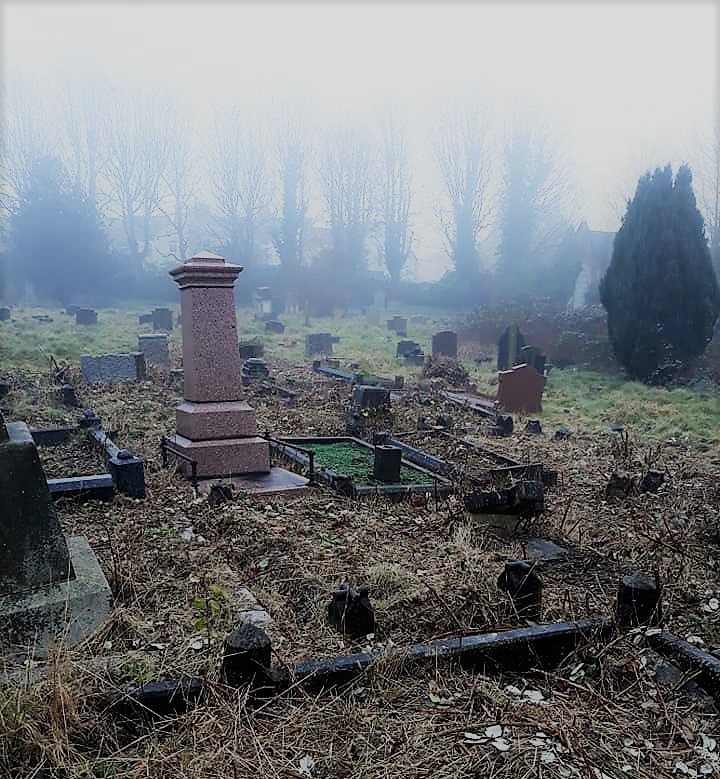
But worse was to come. The first real tragedy struck on November 26, 1907 when 21-year-old Harold Ernest died, the first of the family to be buried in the large, double plot in Radnor Street and whose name is visible on the recently discovered grave. It was Harold’s death that gave me an entry into this family’s history.
The 1911 census confirms some details. Jane states that she and John have been married for 34 years and that they had eight children, 7 of whom are living and one who has died. The couple’s four sons are listed at home in Tennyson Street, including Frederick returned from Australia.
On Boxing Day 1911 eldest son Herbert Horace John married Kate Gray Hill at St Mark’s, the church where his parents had married.
The following year Frederick and his younger brother Lionel set sail on the Orvieto bound for Sydney, Australia. John and Jane would never see Frederick again. He died in Drummoyne, New South Wales in 1913. His name appears on the family memorial.
Lionel remained in Australia where he married Lucy Amelia Hunt, a girl from Wootton Bassett, in 1913. They came back to England at some point, but returned to Australia in 1951 where Lionel died in Drummoyne, New South Wales in 1963 aged 71.
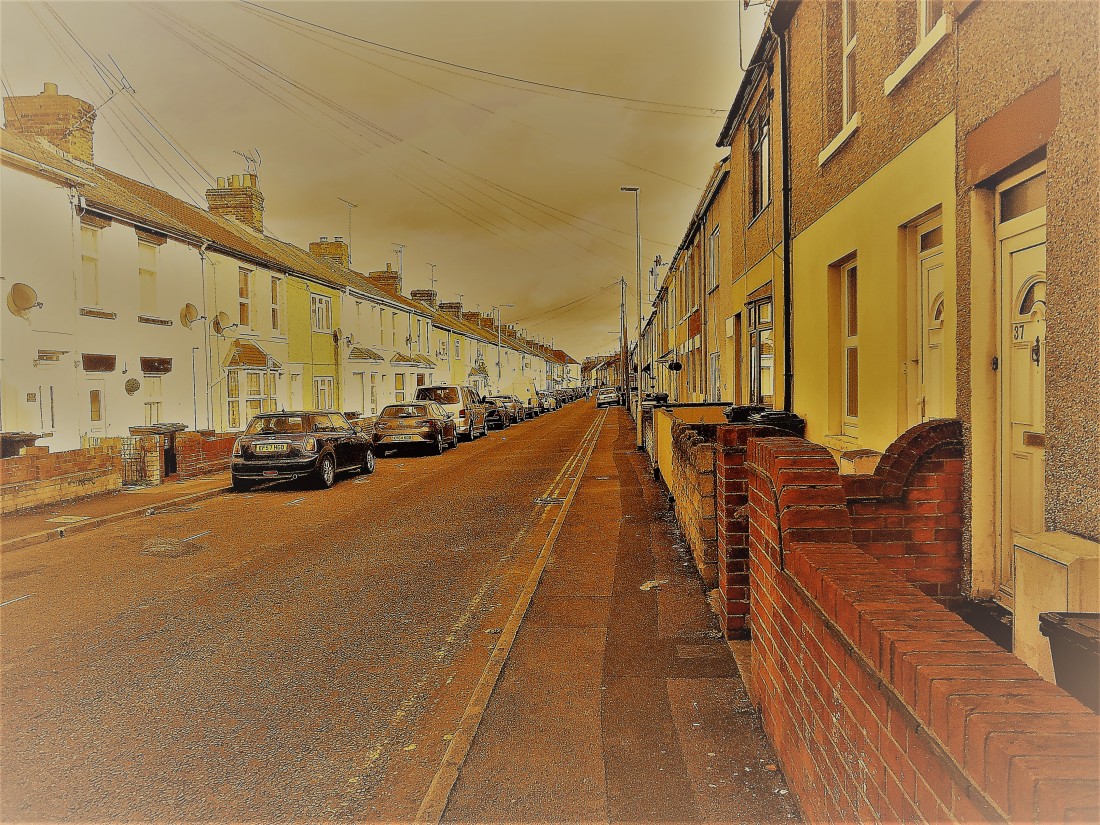
On September 23, 1914 Herbert’s wife Kate gave birth to a baby girl called Freda but sadly they both died the following day. Kate and her baby daughter were the first of the family to be buried in the adjoining plot E8411.
With the declaration of war, the parents must have feared for their sons, especially when their widowed son Herbert enlisted with the Royal Marines Divisional Engineers. He later transferred to the Royal Air Force.
Herbert returned safely from the war to marry Mabel Homer in 1919. He died in 1959 and was buried with his first wife and their baby daughter in plot E8411. They share the grave with Herbert’s sister Edith Ellen Lucas who died in 1962 and her husband Ernest Lucas.
Another son served in and survived the First World War. Edgar Arthur Thomas Barnes, a motor engineer, joined the army at the beginning of the war and served in the Royal Army Service Corps. He was awarded the Military Medal for repairing a motor under fire and bringing three wounded soldiers safely to hospital. Edgar died in Lincoln in 1961.
Jane died in 1922 and John in 1924. They were buried in plot E8410 with their son Herbert and daughter in law Mabel Barnes.
Eight family members and a day-old baby are buried in the newly discovered double grave plot. Thanks to the hard work of the Swindon Borough Council team it has been possible to trace the events of the Barnes family history.
The Barnes family grave
Photograph of William Street c1910 published courtesy of Swindon Local Studies.
Coming next …
First Caretaker – It’s a long trek back home from the market to Clifton Street. I usually walk up Deacon Street and cut through the cemetery. Of course, in the old days you weren’t allowed to and if Mr Brown caught us kids, we were in for a right telling off.
published in Radnor Street Cemetery blog March 7, 2019.







